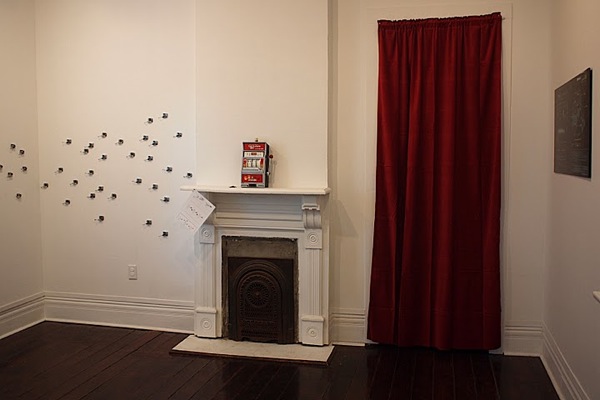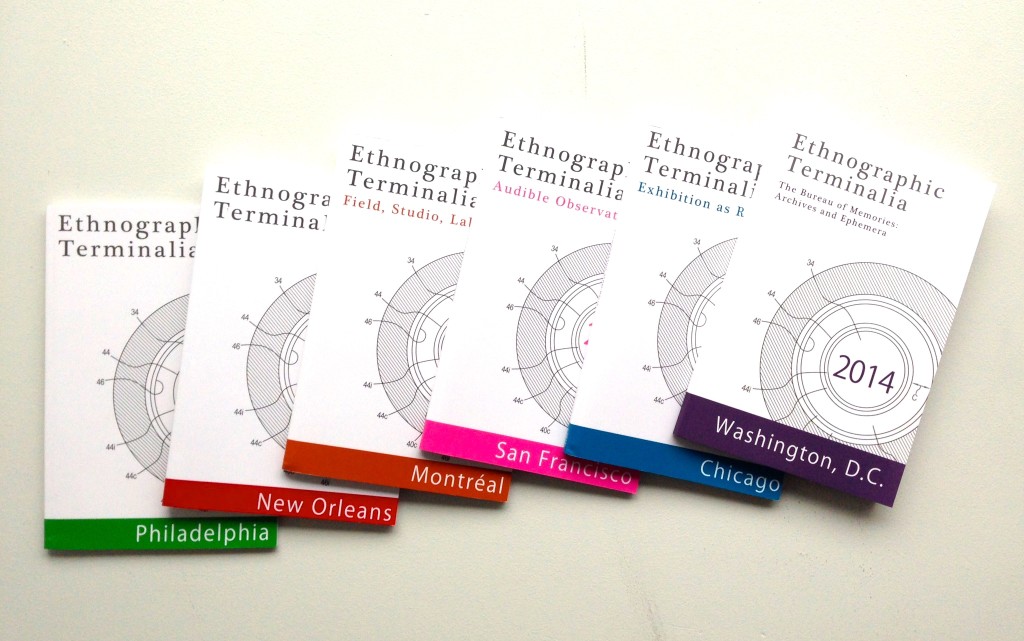Belonging Machine: Color by Chance
One Thing AND Another
Tijuana Bio Cartography
In recent years, coming from a cultural theory background in academic anthropology and an ethnographic background in my research-based art practice, I began to create site-specific, inter-disciplinary and cross-genre interventions that build on my long-term exposure to borderlands and border zones. Having worked as an ethnographer for several years, in Italy, Brazil, Mexico and since 2002 at the Tijuana-San Diego border, I have designed a set of trans-media practices that reflect on the border as a mobile category of experience, of sensory and conceptual mediations, disciplinary negotiations, and geopolitical articulations. In my art practice, I deploy ethnography both as a collaborative method and a participatory sensibility. I have been primarily interested in ethnography as a polyvalent medium, and as an aesthetic and art attitude towards public culture. My art practice builds on and extends the pioneering contaminations between ethnography and surrealism around Georges Bataille’s Document circle (Michel Leiris in particular), as well as on the passionate trans-cultural mediations of artist-researchers from Maya Deren to the contemporary interventions of Jimmie Durham, Alfredo Jaar, Renée Green, the Atlas Group, Isaac Julian, Yinka Shonibare, and others. I think of my work as an experimental mode of translating through art practice research conducted in carefully selected urban sites, public cultures, and conceptual horizons. My work incorporates the lessons learned from Conceptual Art, Arte Povera, Postminimalism, Site-specificity.
In creating a wide range of art practices, including installation, performance, cartography, digital photography, video and medical imaging technologies, I have tried to create conceptual and evocative interventions that are less about documenting, translating or representing the Other, and more about reflecting on the nature of desire in border zones, and how cross-cultural desire can be mediated through an art practice.
Biography
Born in Rome, Fiamma Montezemolo is both a Cultural Anthropologist (Ph.D, University of Naples) and an artist (MFA, SFAI). As a an established scholar in border and urban studies, she has patiently designed rigorous and long-term ethnographic-artistic interventions at the Tijuana-San Diego border where she has also resided and taught for many years. As an artist she situates her work as a critical extension and overcoming of the ethnographic turn in contemporary art during the 1990s. She works with various media, including, installation, cartography, video, digital photography, industrial materials, performance, video and archival documents. She contributed a conceptual map of Tijuana for the 2005 edition of the bi-national, public art event InSite05, co-authored the internationally acclaimed book ‘Here is Tijuana’ (Black Dog Publishing, London, 2006). She has numerous national and international publications with Third Text (Routledge), Aztlán: Journal of Chicano Studies (UCLA), Revista de Antropología Social (Madrid University), Alteridades (Revista de la UAM, Mexico), Letras Libres, La Ventana (Unversidad de Guadalajara, Mexico), Avatar: Journal of Anthropology and Communication (Meltemi,Italy). She realized a video on the Zapatista Movement called “Faceless: Zapatista video diaries”. She held several academic appointments: Visiting Scholar at the UCLA Chicano Studies Research Center (2008- 2009), Professor of Anthropology in the Department of Cultural Studies at the Colegio de la Frontera Norte, Mexico, (2003-2008), Visiting Scholar in the department of Anthropology at Stanford University (2002). She is currently co-editing with Josh Kun the book “Re-Assembling Tijuana” for Duke Press University (2011).
Among her most recent group exhibitions, performances and screenings are “Borders” at Root Division Art Gallery, San Francisco; “Sensing Territories” at the Diego Rivera Gallery (San Francisco); “Performing Malinowski” at the Teatro Vascello (Rome); “Installing the Ethnographer-as-Artist” at the European Institute of Design (Rome); projections of “Faceless: Zapatista video diaries” at the Escola de Comunicacoes e Artes (Universidade de Sao Paulo); Yerba Buena Center for the Arts (Reading Performance Workshop as part of Renee Green’s solo exhibition Endless Dreams & Time-based Streams).


